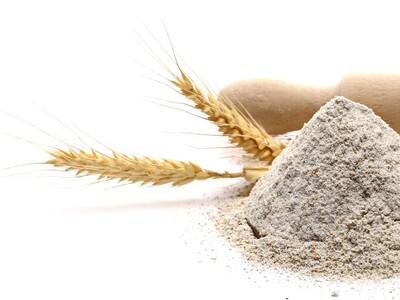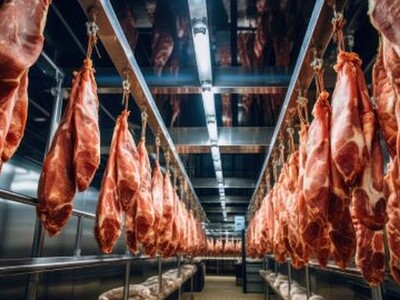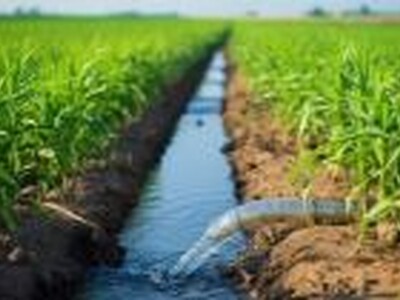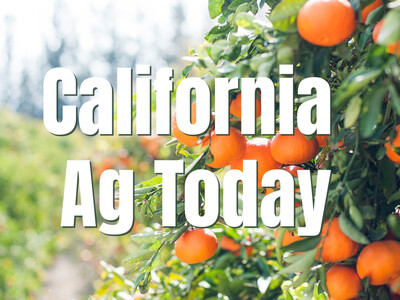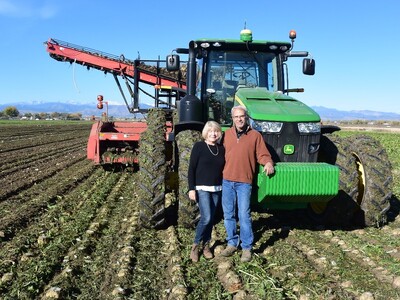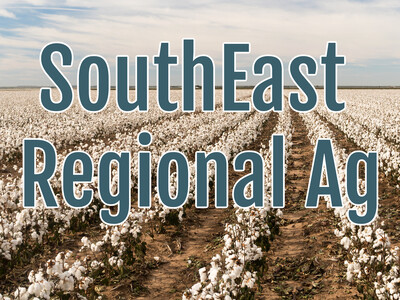Secret Weapon Against the Sink Bug
Secret Weapon Against the Sink Bug. I’m Greg Martin with today’s Line On Agriculture.
My wife is a bit of a garden witch. She loves to do things as naturally as possible especially when it comes to getting rid of pests that ravage her plants. She recently discovered that very strong coffee send bugs scurrying while the plants love it. In another situation it's a classic case of biological control with good bugs being used to fight bad bugs. The Oregon Department of Agriculture is hoping to protect the state's fruit and vegetable industry from a pest that has plagued states back east, says entomologist Helmuth Rogg.
ROGG: Brown marmorated stink bug is an exotic pest for the US and came without its natural enemies. So we go back into the country of origin, find the natural enemy that is efficient, bring it and import as well into the US, where we can release it.
Oregon has received a federal grant to help determine whether egg parasitoids, tiny wasps that feed off the eggs of the brown marmorated stink bug, will do the job. Researchers need to know the imported predator will not harm native stink bugs. It's all something worth looking into.
ROGG: It's difficult to say what the brown marmorated stink bug would do here in Oregon. But with the experience of the Mid-Atlantic states, I don't think we can take any chance.
Some growers in Pennsylvania last year lost half of their crop to the bad stink bug. If all goes well with the biocontrol agent, the tiny wasps could be released into the natural environment in the next couple of years. Rogg says the best hope for controlling brown marmorated stink bug is biological control, specifically egg parasitoids imported from areas where the stink bug is native.
ROGG: These are tiny, tiny little wasps, parasitic wasps that affect and lay their eggs inside the eggs of a stinkbug.
Rogg says brown marmorated stink bug was first discovered in Oregon in 2004 and has mainly been reported in urban areas. Now it appears to be ready to impact agriculture, like it has back east.
ROGG: We are finding it in areas that are very close to production areas now. It seems like they are on the move. They are spreading into production areas and that's the scary part now for us.
That’s today’s Line On Agriculture. I’m Greg Martin on the Ag Information Network.





